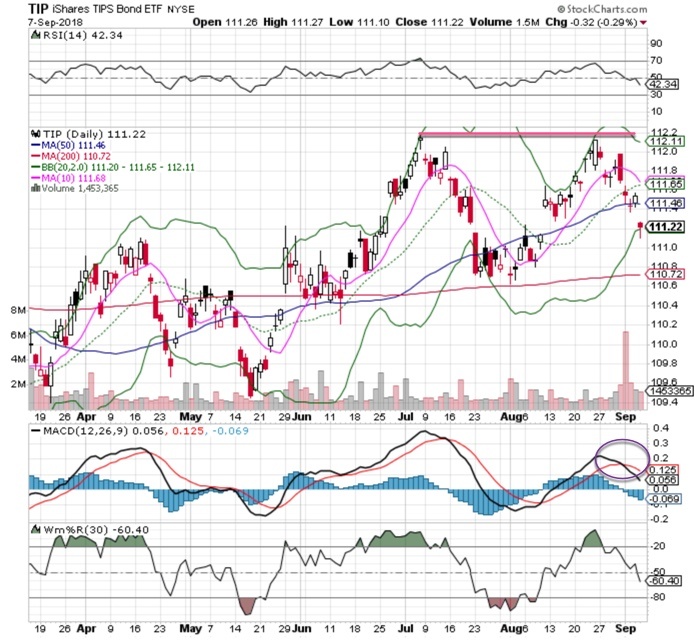The 2-year US Treasury yield curve has been on everyone’s mind lately. Will the curve invert – and by how much? If it does, will we head into a recession? History tells us that when the curve inverts, a recession is likely because inflation is out of control. (An inversion typically happens when the Fed raises rates too high on the short end of the curve.)
We all know that the Fed is a staunch inflation fighter. Ever since Paul Volcker snuffed out double-digit inflation 39 years ago, the Fed has successfully controlled it – but that doesn’t stop people from getting nervous.
Let’s look at the current situation. The yield curve is flat now. In a few weeks the Fed is likely to raise interest rates for a third time in 2018, bringing the Fed funds rate to 2.25%. They may raise rates one more time this year, but that is not carved in stone.
We have seen some inflation coming into the system. Make no mistake, it is the enemy of the dollar and fixed incomes, but the Fed has been wanting some to come into the system for years.
So, is inflation getting out of control and will the Fed raise rates more than expected?
Three things tell me no: the 2-year US Treasury yield, the TIPS ETF and gold.
3 signs that inflation is under control
Let’s talk about the 2-year bond, which basically mirrors inflation expectations. Take a look at the chart below. You can clearly see the increase in this yield over the past year to 2% plus.
This is a good situation for the Fed and the economy. The Fed can continue to dial-back the generous accommodation policy since the global financial crisis, and the economy can continue to grow.
Now let’s look at the TIPS chart, an ETF that is pegged to the consumer price index. It will rise when inflation rises. Again, this bond is not running out of control.
Lastly, we look at gold, which is floundering around $1,200 per ounce. Historically, gold has been a hedge against inflation and the dollar. Right now, there is more interest in the dollar due to economic strength in the US.
We have a good situation here, but it requires constant monitoring. The Fed is focused on the data, and so should we.






















